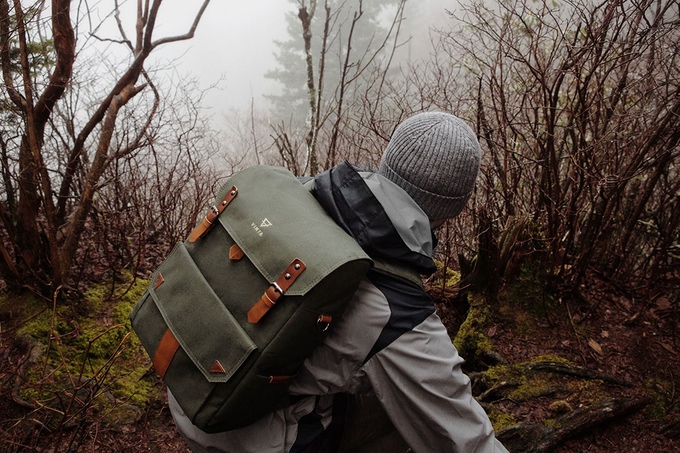One of the most important aspects of photographing to me is the experience I have while shooting. I want to be inspired when I photograph. Each and every camera, whether film or digital, offers its own unique style. The way the camera handles, the controls, the way you see through the viewfinder, the feeling you get when you click the shutter. It all adds up to inspire you.
When I feel like walking around shooting whatever pops in front of me and I need compact camera that is discreet, I strap my Leica over my shoulder and shoot nearly invisibly due to its whisper quite shutter. However, when I need something a bit larger and have an idea of what I will be photographing I will bust out the Hasselblad and peer down through the most amazing viewfinder in the world. I feel like I’m in another dimension with that camera. Plus, the big square image I get afterwards and the huge CLUNK when you press the shutter is immensely satisfying. And when I have a project that is set in stone and I want to get the best image I can, I mount my 4x5 monorail camera on its tripod and take all the time in the world. That is a camera of patience and imagination since you must set up your photo, look through the ground glass screen and then insert the film which blocks your view and finally you can activate the shutter. But the detail of that image is unparalleled!
For someone who wants to get into film photography, whether already well-versed in digital or getting into photography for the first time, there is a camera for you. I tend to shoot cameras that are purely mechanical without automatic functions but that is only because they work for what I shoot and fit my workflow. There are film cameras still being made with just as much automation of exposure and focus as any digital camera will give.
For someone who wants to learn all the basics I’d stick with a manual camera like my trusty Pentax K1000 that can be picked up with a great lens for $50-$100 on a regular basis. For someone who wants a bit more dedicated functions the Canon AE-1 is a great camera around the same price. And if you want something like the experience and handling of shooting a modern digital camera, the Nikon F6 is still being made for around $2000 new. If you already have a digital and want to use your current lineup of lenses, there are plenty of great used film cameras that will most likely accept those same lenses, especially from Nikon, Canon and Pentax.
Once you find that perfect camera for you, choosing what you do with the images is up to you. First you must get them developed either at your local photo lab or there are plenty available online in which you mail your film to the lab and they return within a week or two. You can also choose to have them scan the film for you to edit on your computer and upload to your portfolio site, send to friends, or post on Instagram. If you are adventurous, it’s rather easy to develop black and white negatives at home using a few simple chemicals and a bathroom.













